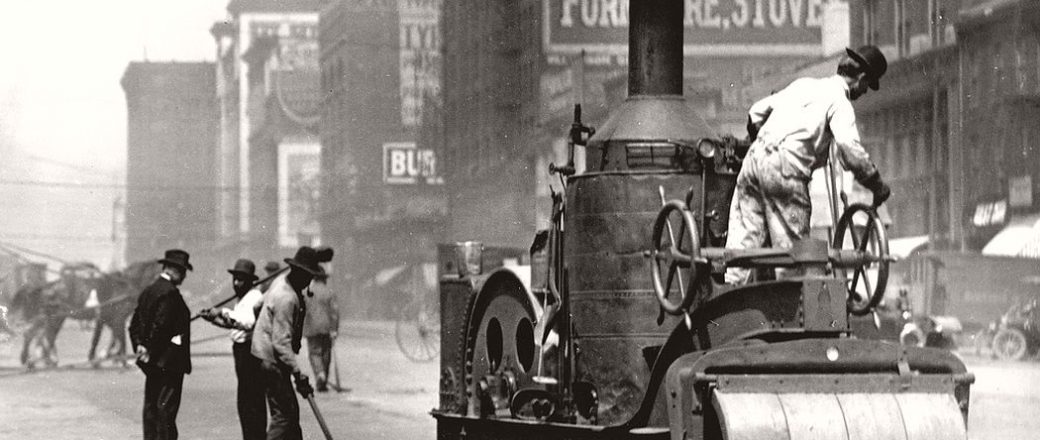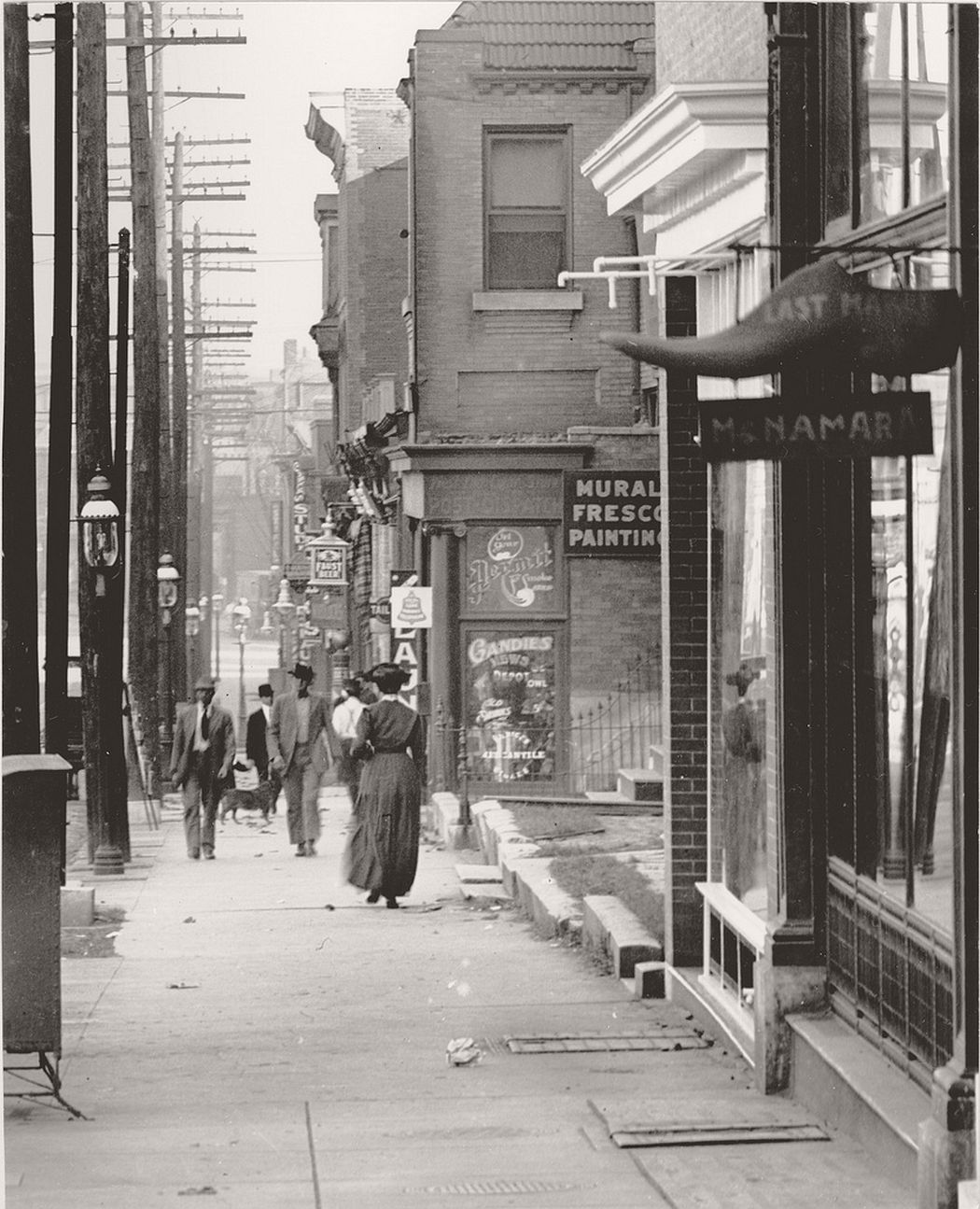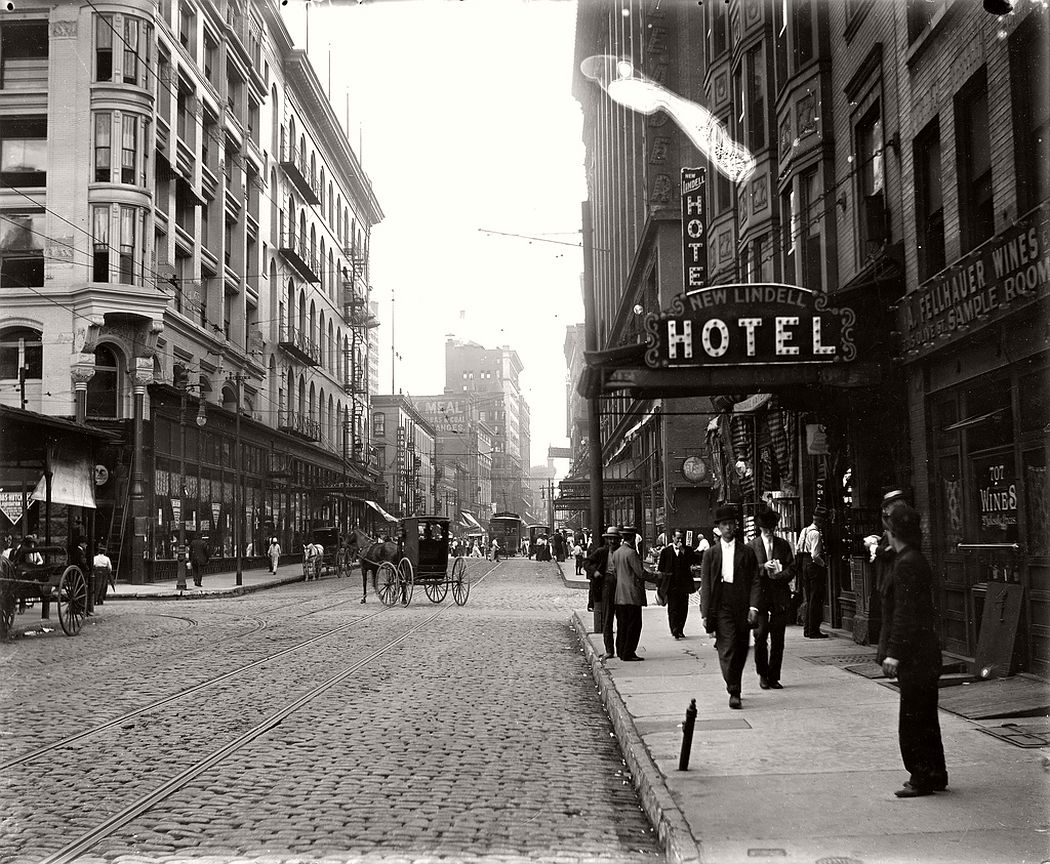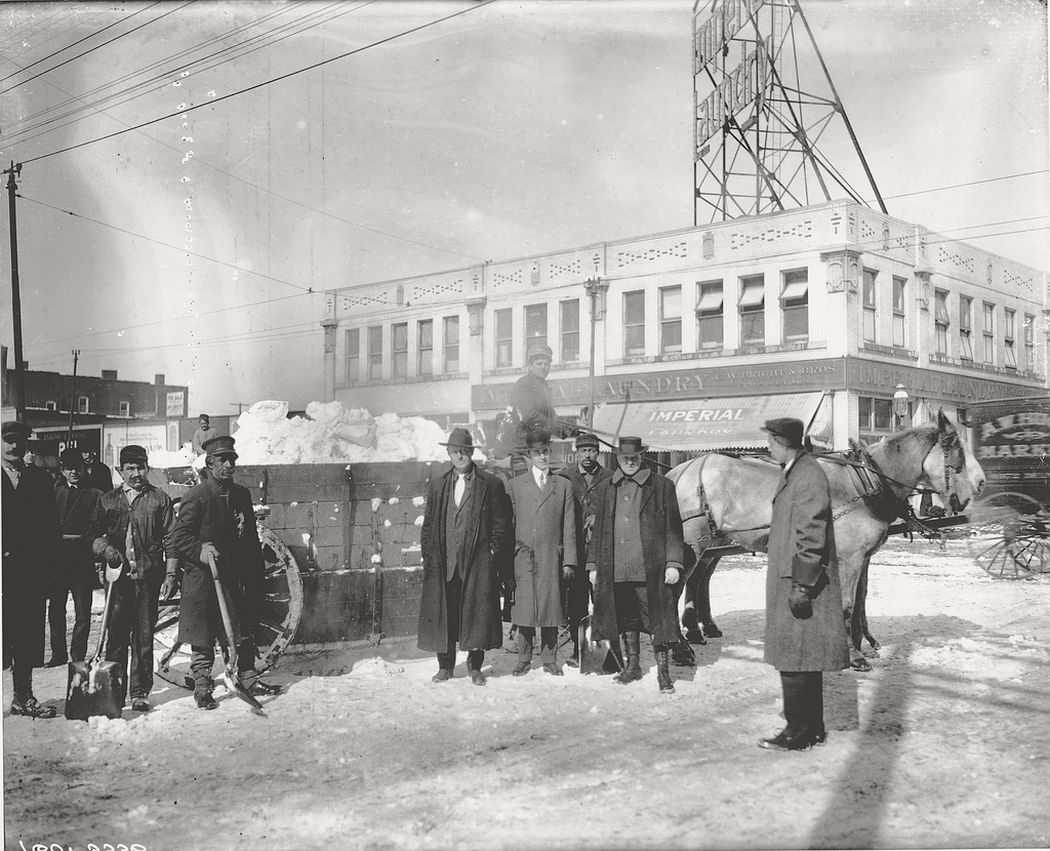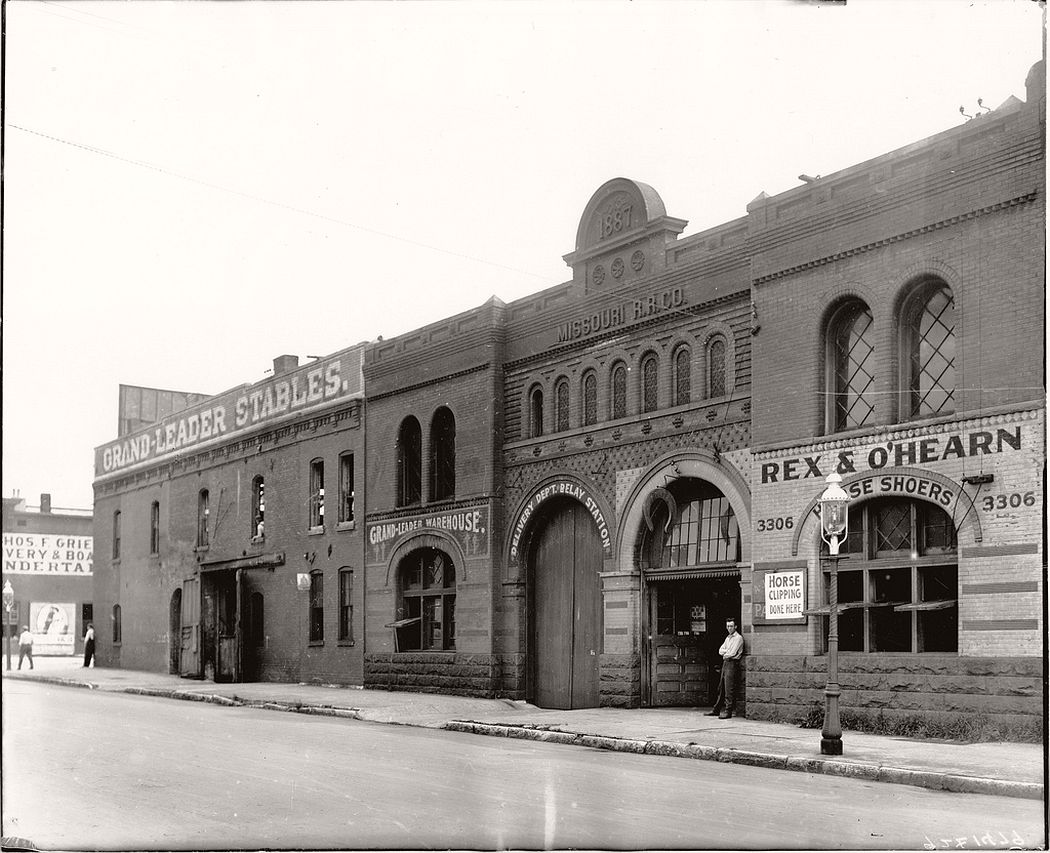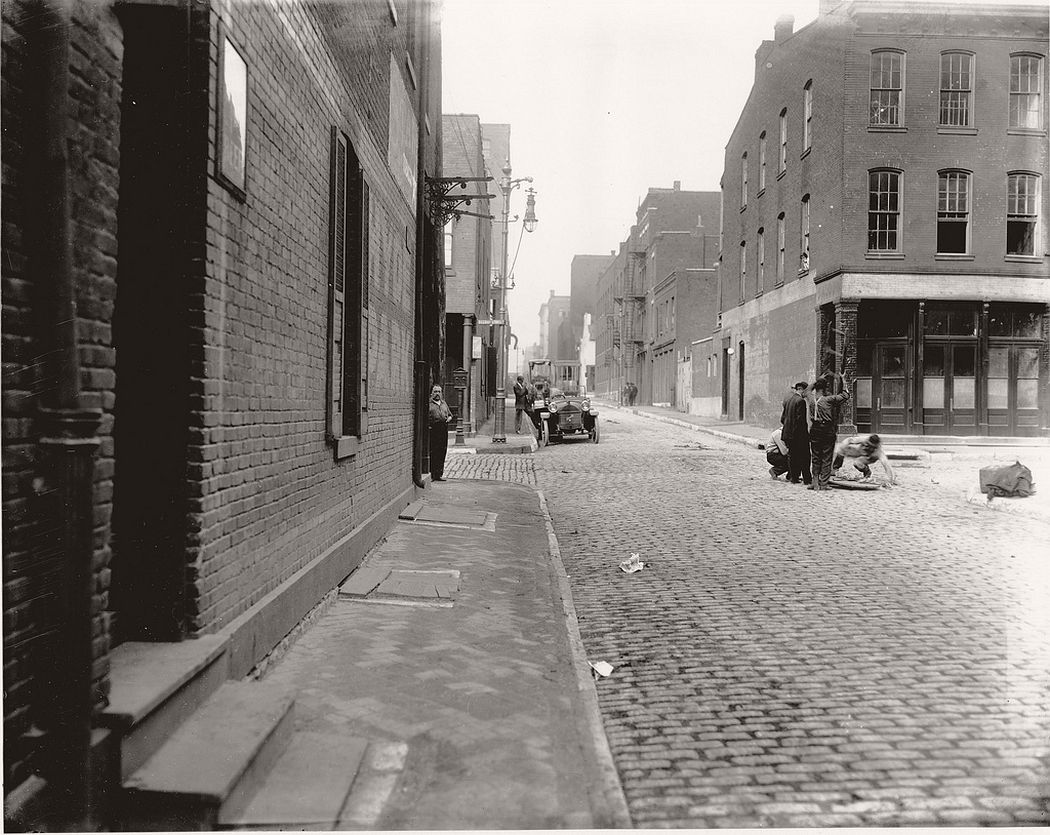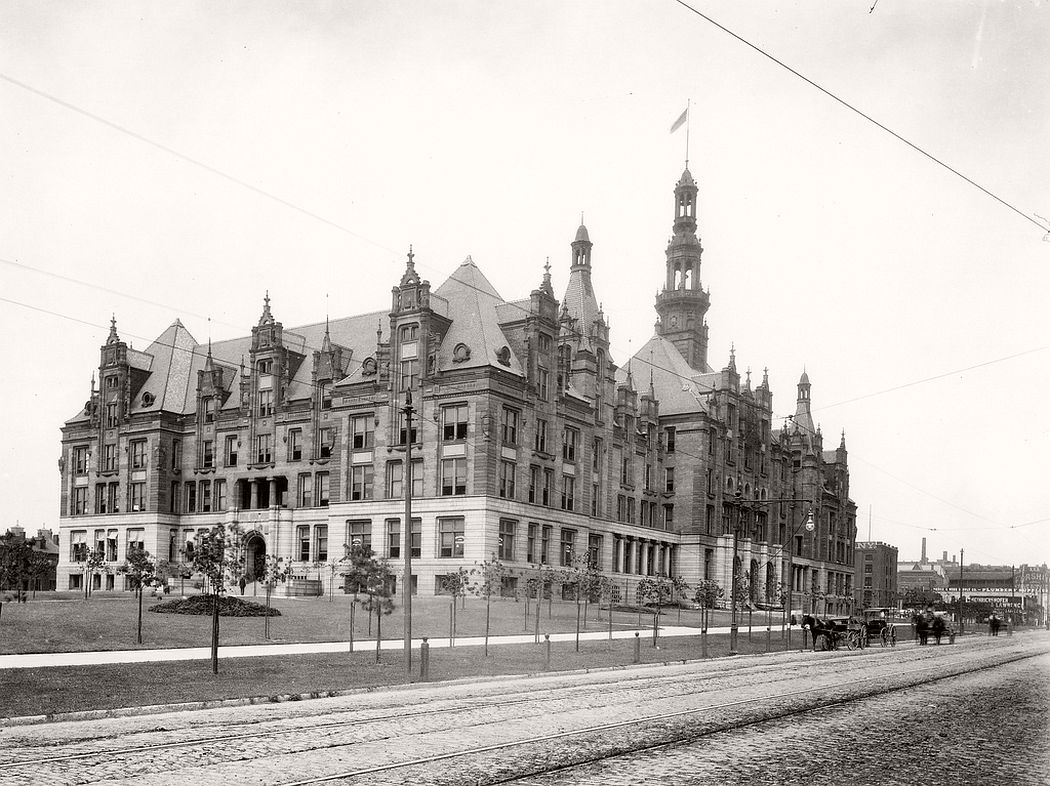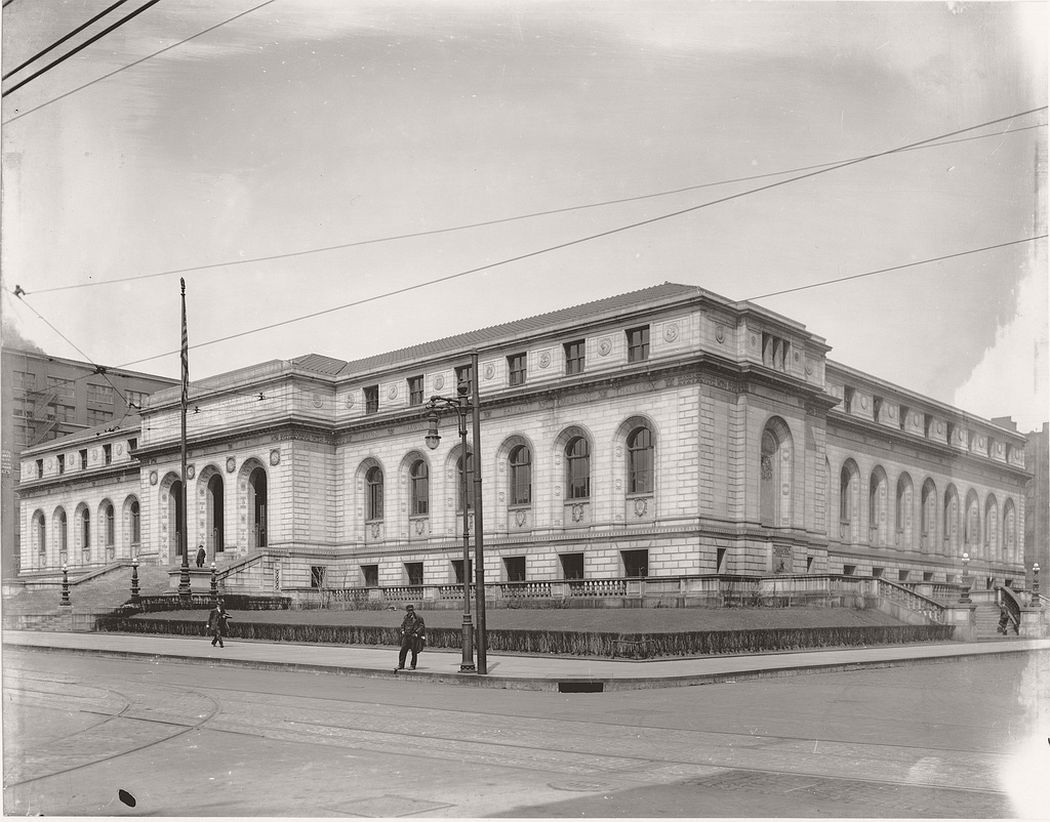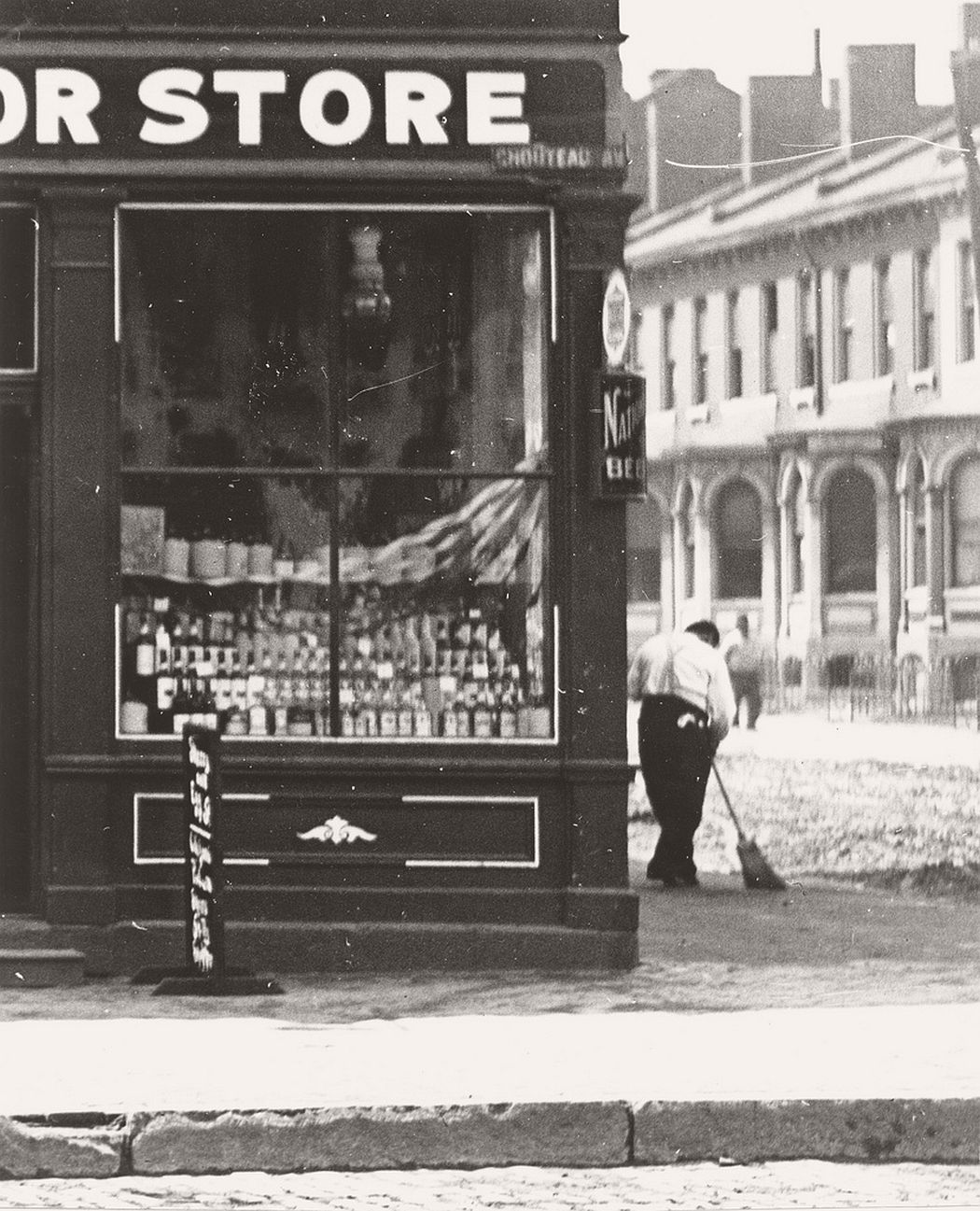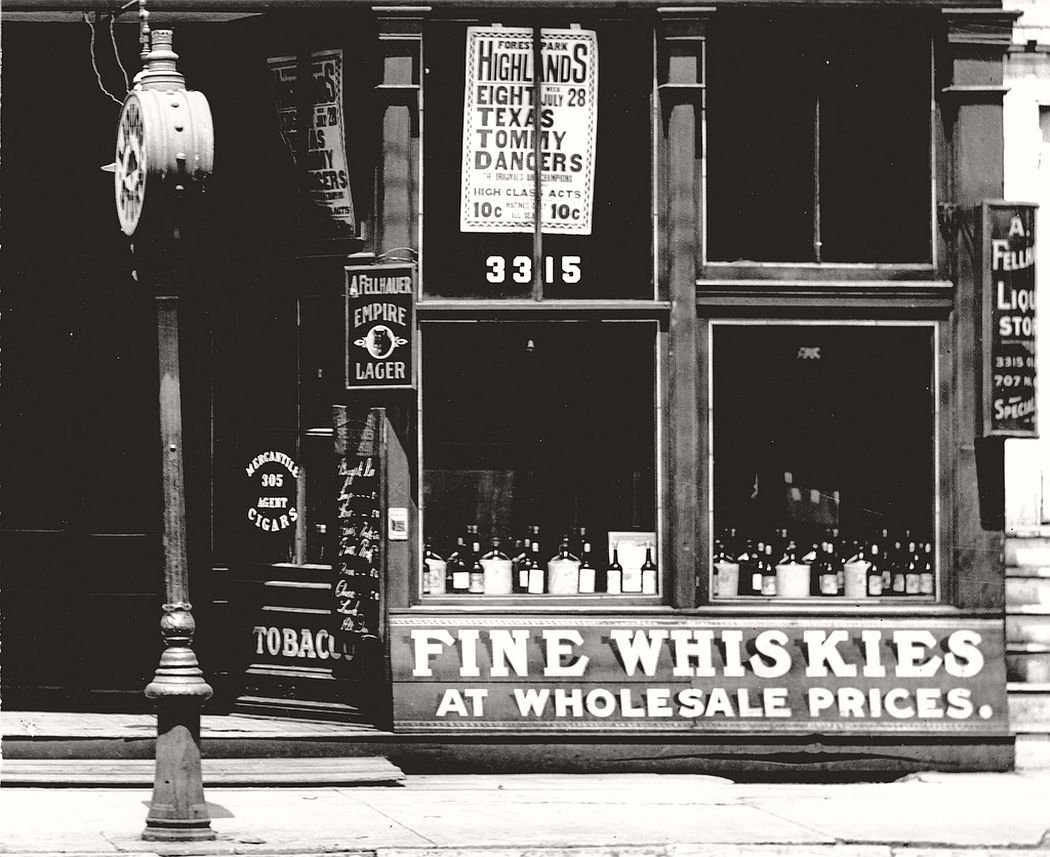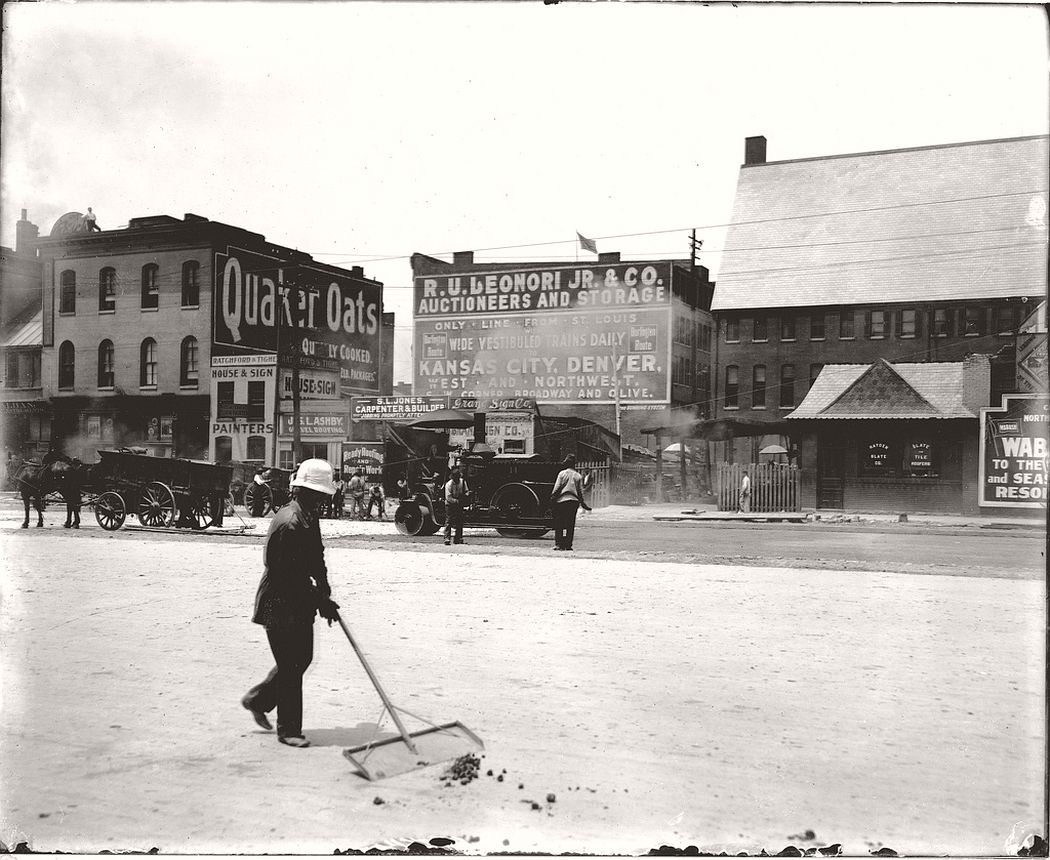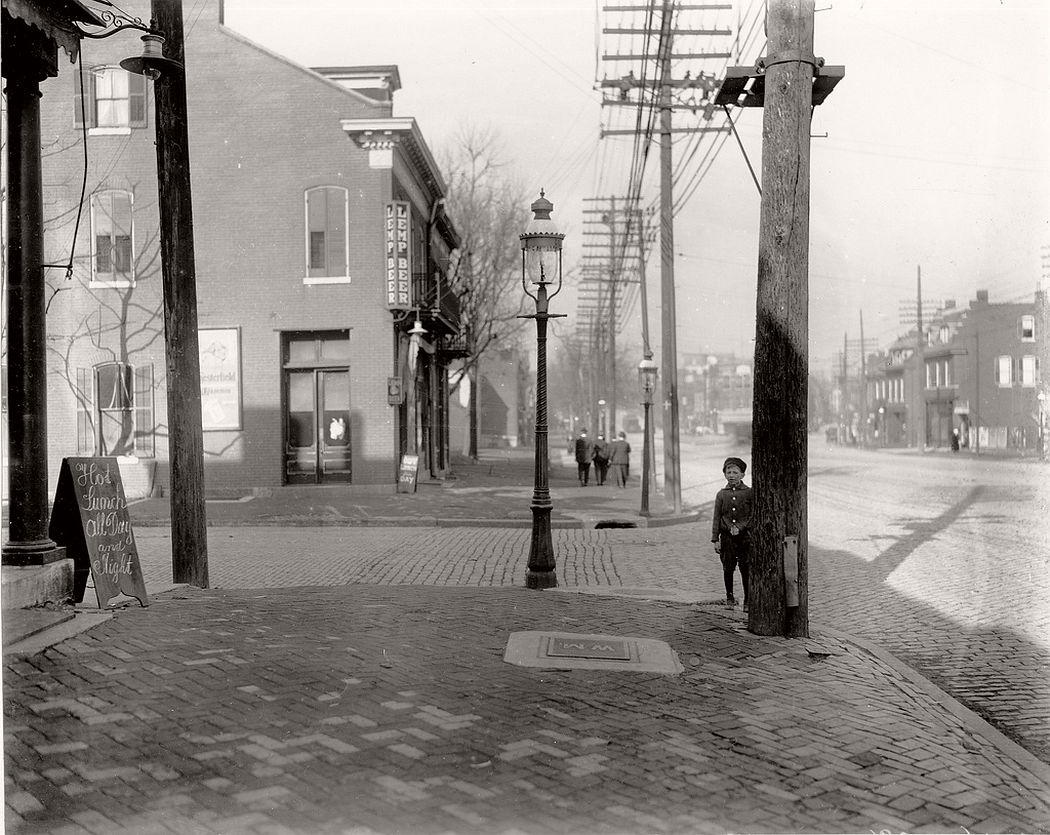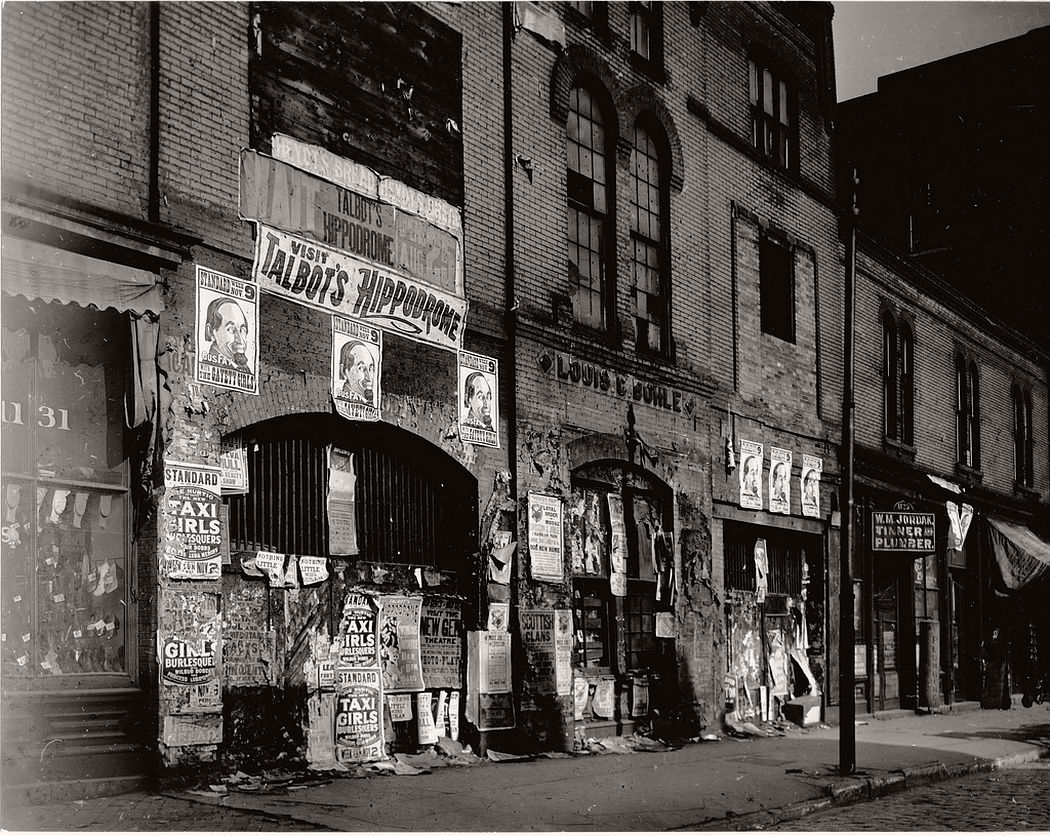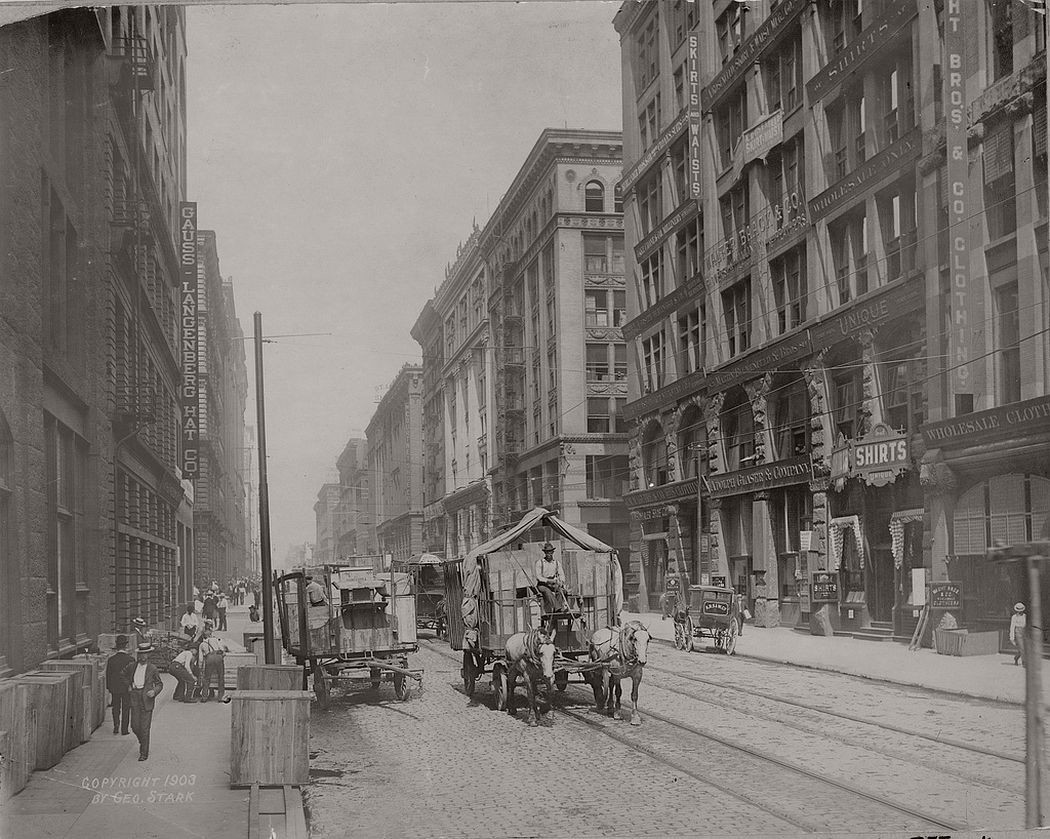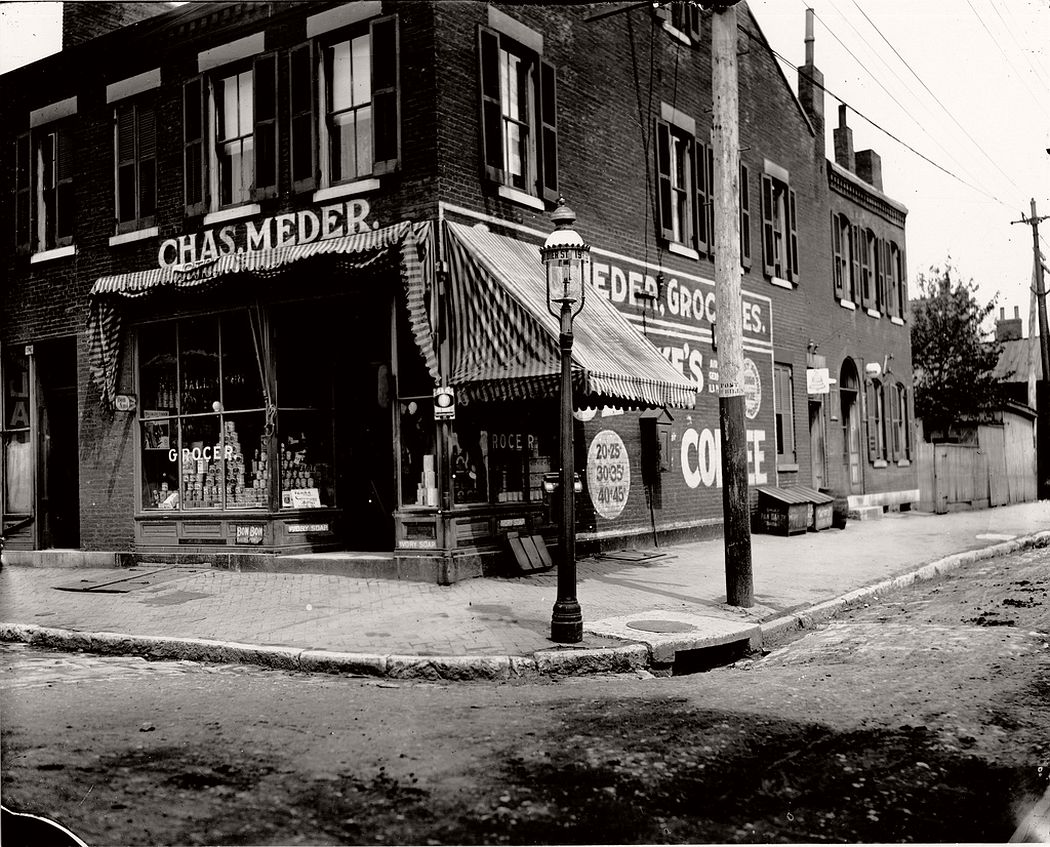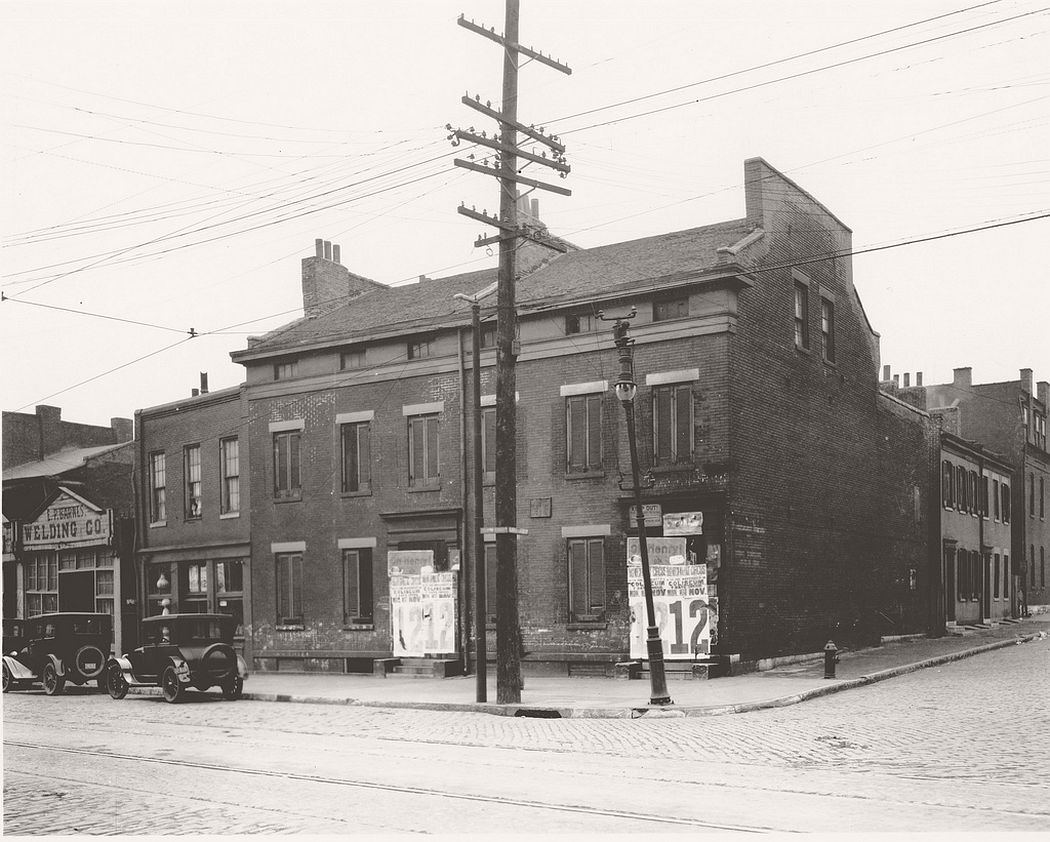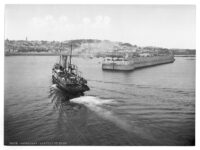When Missouri became a state in 1821, St. Louis County was created from the boundaries of the former St. Louis subdistrict of the Missouri Territory; St. Louis city existed within the county but was not coterminous with it. Starting in the 1850s, rural county voters began to exert political influence over questions of taxation in the St. Louis County court. In 1867, the county court was given power to assess and collect property tax revenue from St. Louis city property, providing a financial boon to the county government while depriving city government of revenues. After this power transfer, St. Louisans in the city began to favor one of three options: greater representation on the county court via charter changes, city–county consolidation, or urban secession to form an independent city.
During the decades after the Civil War, St. Louis grew to become the nation’s fourth largest city, after New York City, Philadelphia, and Chicago. It also experienced rapid infrastructure and transportation development and the growth of heavy industry. The period culminated with the 1904 World’s Fair and 1904 Summer Olympics, which were held concurrently in St. Louis.
In addition to industrial growth, the 1880s and 1890s were a period of significant growth in downtown commercial building. The retail district was centered at Fourth Street and Washington Avenue, while banking and business was centered to the south, at Fourth and Olive streets. During the 1890s, significant retailers and businesses moved westward; among the new buildings constructed as a result of this movement was the Wainwright Building. Designed by Louis Sullivan in 1891, the Wainwright was the tallest building in the city at the time of its construction and remains an example of early skyscraper design.
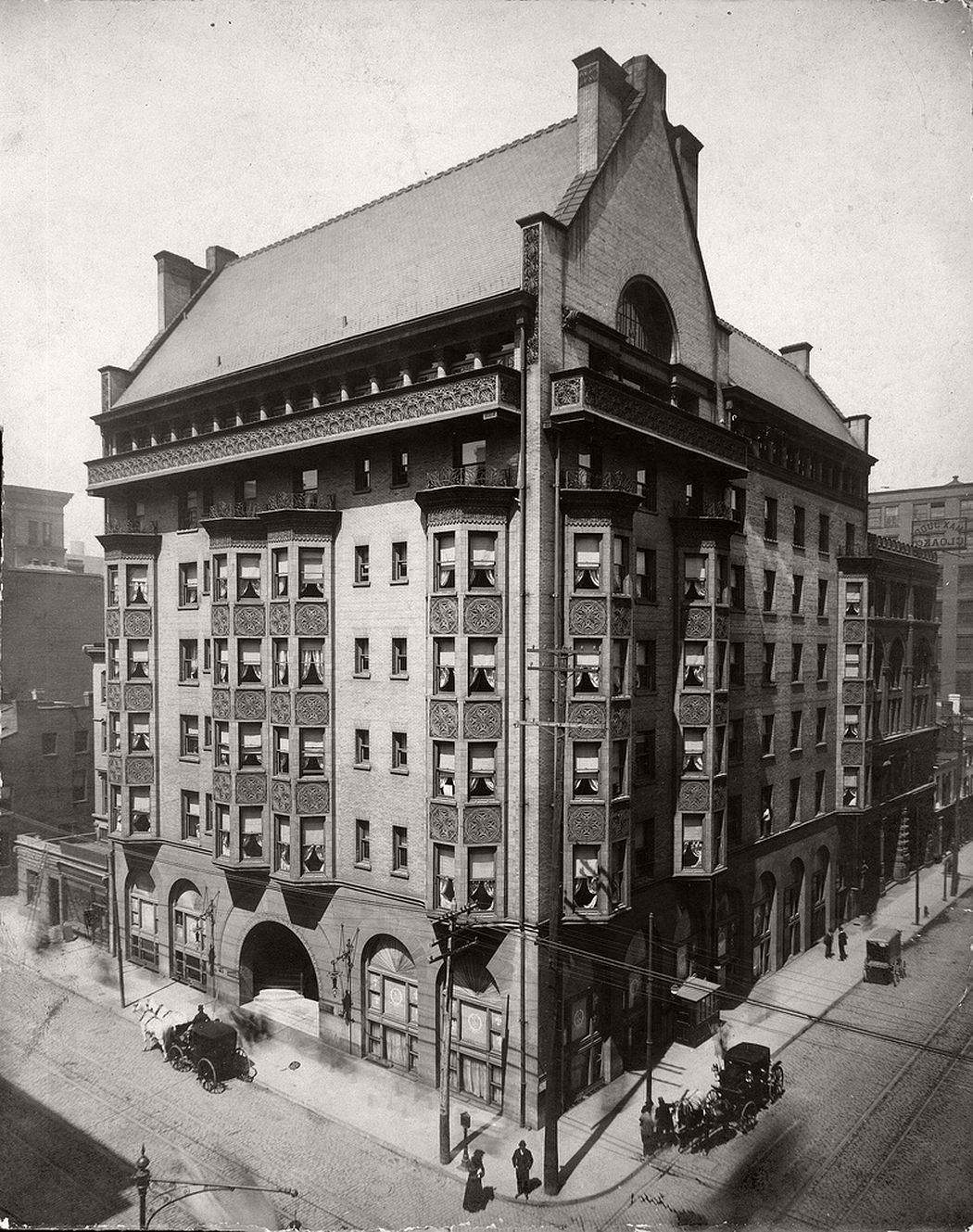
St. Nicholas Hotel, 407 North Eighth Street (northwest corner of Eighth and Locust Streets, also known as the Victoria Building), 1905
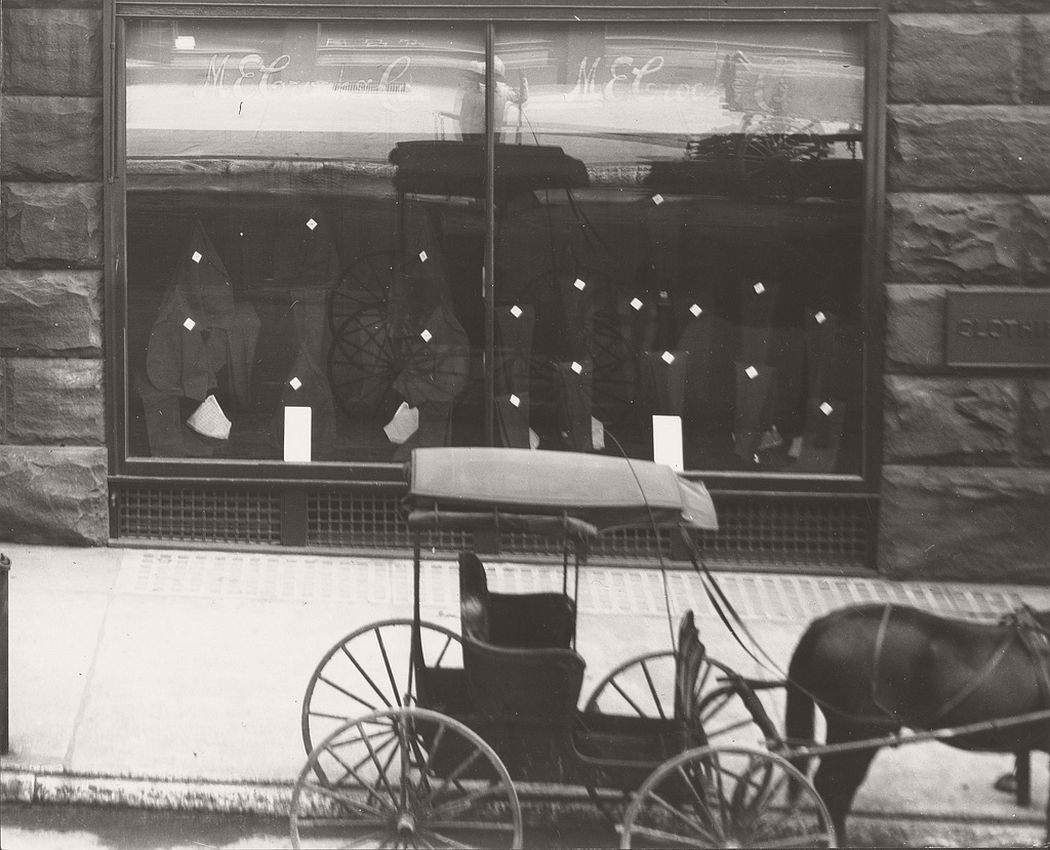
Store front window of M.E. Croak and Company Clothier on the southeast corner of Olive and Tenth Streets, 1904
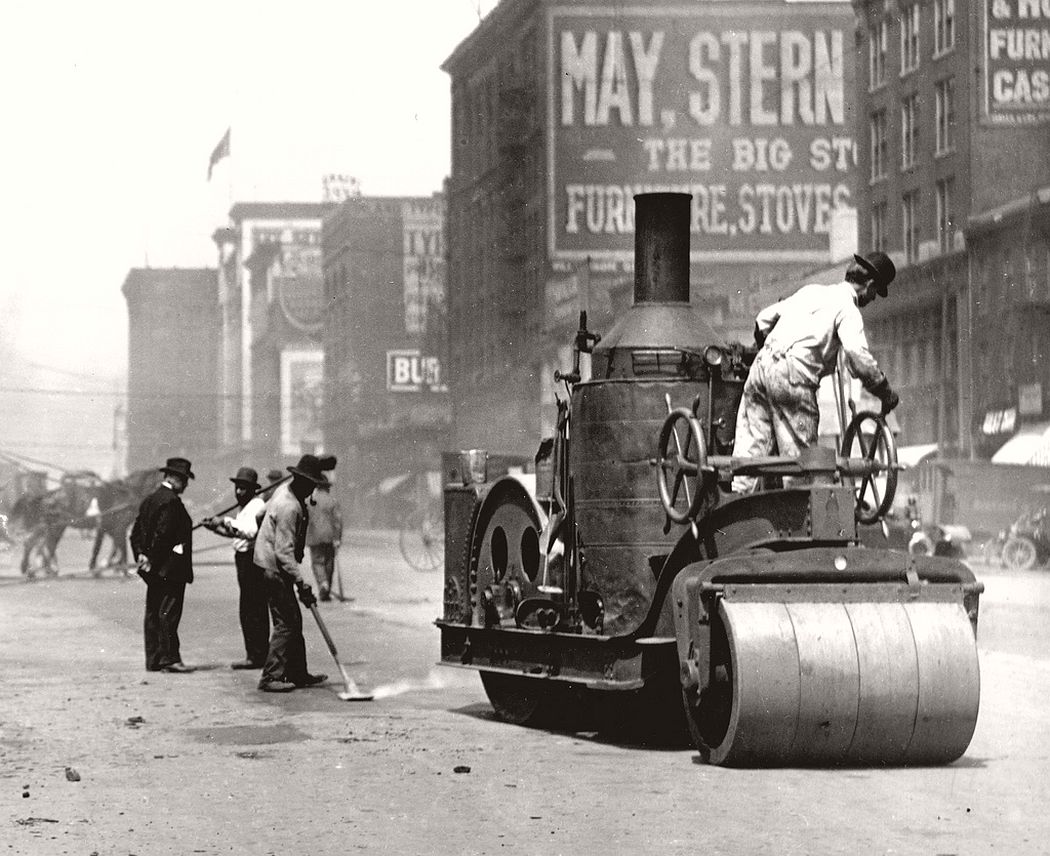
Street workers using a steam roller to repair Twelfth Street between Chestnut and Pine Streets. Photograph, 1910.

